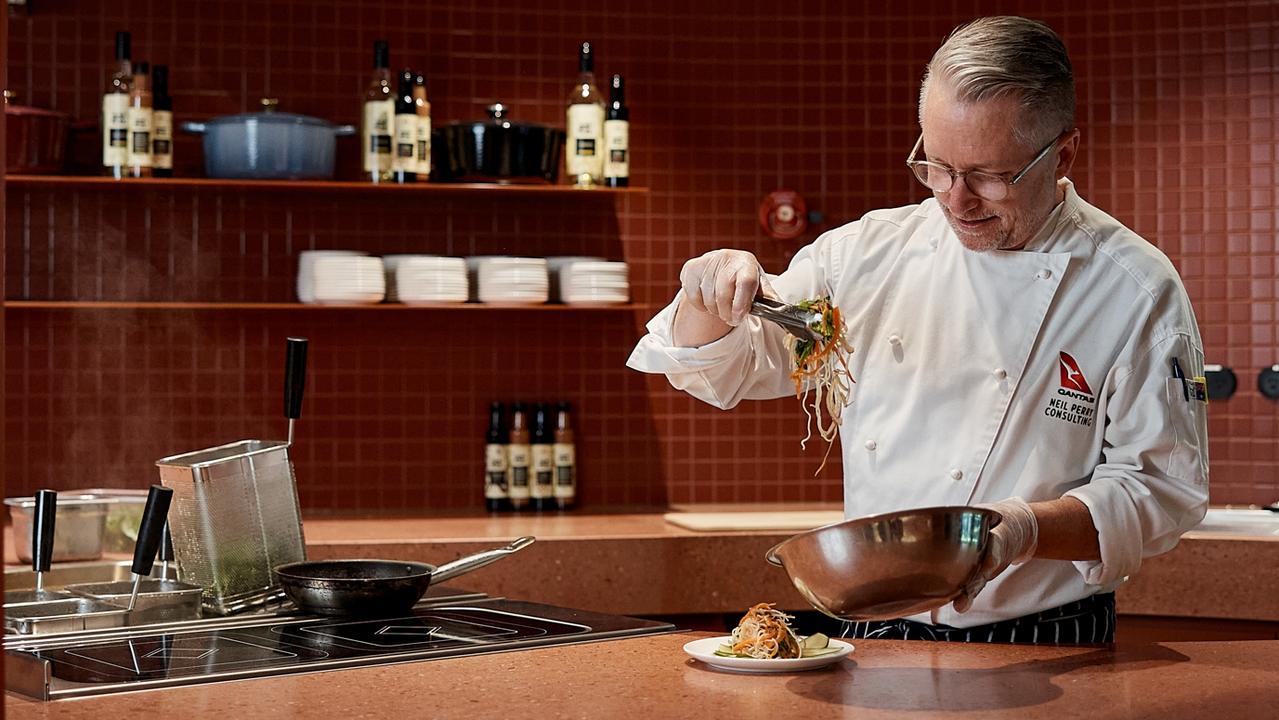Best job in SA? Meet the real-life workers with fascinating – and unusual – office spaces and roles
There’s no such thing as a normal day at the office for these lucky SA workers, who clock on to do some of the most bizarre and interesting gigs around.
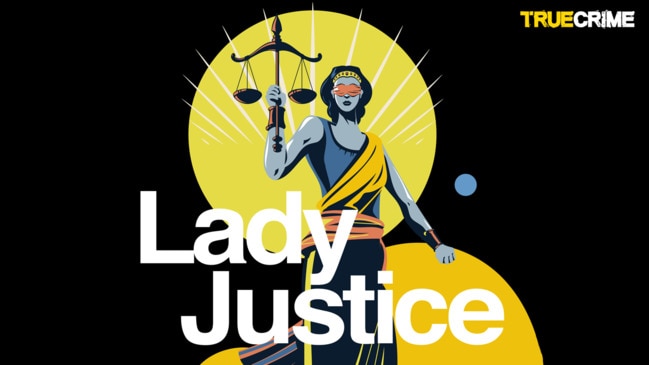
Lifestyle
Don't miss out on the headlines from Lifestyle. Followed categories will be added to My News.
For an esteemed shark psychologist, a professional koala cuddler and a young South Aussie tasked with finding which sheep in a flock of thousands are in the early stages of pregnancy – and how many lambs they’re carrying – there is nothing run-of-the-mill about a day at work.
Today, the Sunday Mail meets the faces behind some of the state’s quirkiest, most unusual as well as fascinating jobs, including an energetic, oversized chocolate-covered apricot ball on legs and a former personal trainer turned foster dad to grossly overweight pooches.
Puppy-fat burning expert (aka RSPCA inspector), Stuart Thomas:
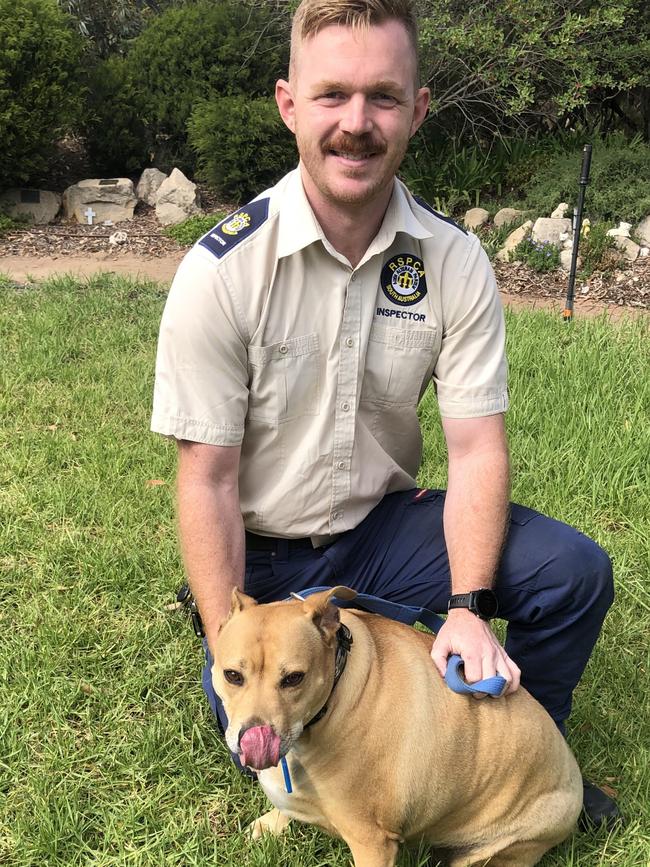
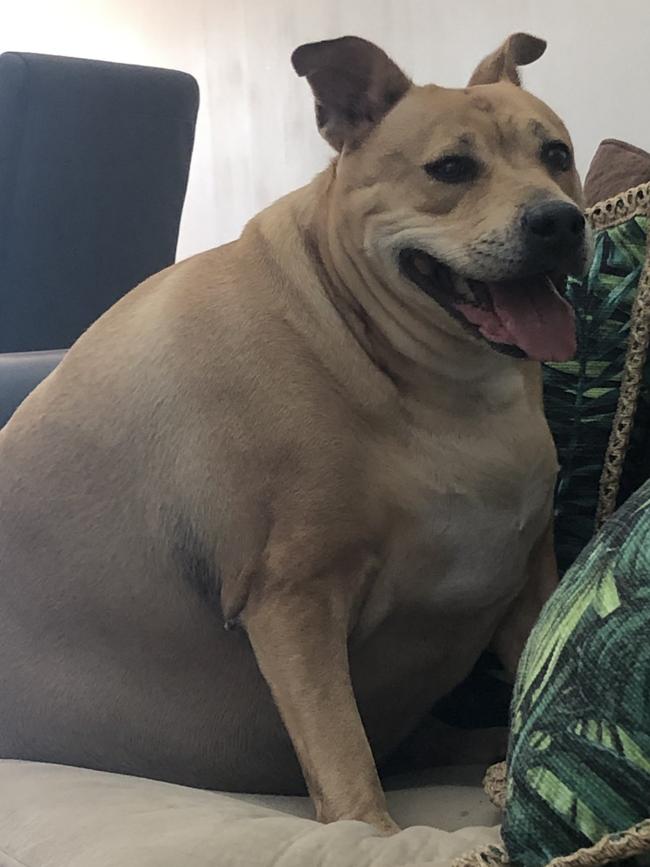
For former personal trainer-turned RSPCA inspector Stuart Thomas, his work doesn’t end when he leaves “the office”.
While his day job is responding to animal cruelty reports, after hours he works with grossly overweight – or underweight – pooches to help them reach their goal weight.
“I’ve fostered several overweight dogs and it has grown from there,” Stuart says.
These have included Morticia, a morbidly-obese pug weighing 15kg, more than twice her healthy size, and, current foster dog Sophie, a staffy-cross, weighing in at more than 53kg at her heaviest.
“Our vets estimate Sophie’s ideal weight to be around 25 … in the past six to seven weeks she has lost around 7kg – we are aiming for a healthy, sustainable weight loss of 1kg a week,” Stuart says, adding Sophie is now following a vet-prescribed feeding plan.
“We’ve all seen chubby dogs but with Sophie she couldn’t lay on her side comfortably and put her head on the ground because her tummy was so wide, that is how obese she was.”
He says principles of human weight loss apply to pets also.
“I am committed to keeping Sophie until she has achieved at least 90 per cent of her weight loss,” he says.
“It is the basic concept of calories in versus calories … we have to be conscious of what she is capable of – if you tried to take her for a 5km walk straight away, it would ruin her,” he said.
“Walking with Sophie you get some pretty funny looks and comments … I am always at pains to let them know she is a foster dog and she is in my care to lose weight – it’s important people realise it is not OK to let a dog get this huge.”
Ewe-pregnancy scanner, otherwise known as sheep preg-tester, Josh Cousins:
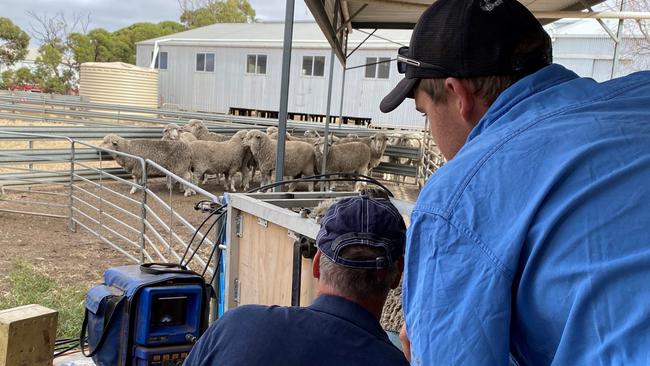
Josh, 25, works in his family’s Burra-based business, Cousins Merino Services, using a portable ultrasound to scan on-farm the bellies of 4000-plus ewes in a day, to see which ones are pregnant – and the number of lambs each is expecting.
“When I tell people what I do, most are a bit surprised and it takes them a minute to register what I’ve said … they’ll try to imagine it a bit,” Josh, who studied agricultural science, majoring in animal science, at Adelaide Uni, says.
“They don’t realise it is done pretty similar to humans – externally with an ultrasound, but instead of using gel, we use water as it is cleaner in the paddock (and the process quicker).
“The ultrasound goes just under the belly on a bit of bare skin, from there you can scroll through the uterus quite easily.”
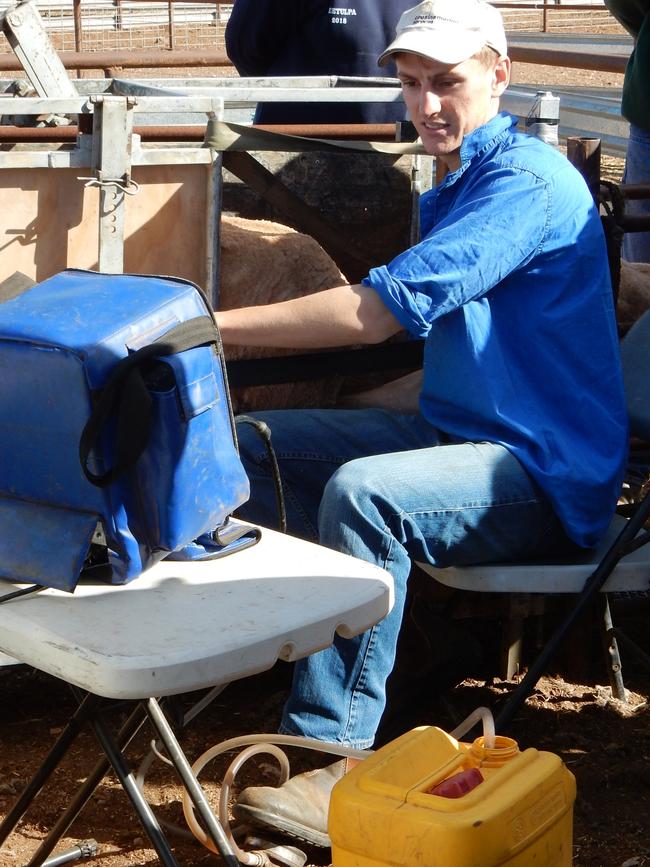
For farmers, knowing which ewes are pregnant, which are pregnant with multiple young, helps them manage their flock.
“The ewes pregnant with twins or triplets obviously have higher nutritional requirements and need to be managed accordingly … twin-bearing ewes will be isolated into smaller mobs to increase lamb survival,” Josh explains, saying ewes pregnant with twins or triplets will be drafted – directed – into a separate pen.
“Farmers want to make sure that ewes are adequately cared for.”
Josh says the practice is one of many aspects of modern farming.
“Many producers now have electronic ear tags (in which they) can record the pregnancy status of ewes … other objective measurements and keep lifetime records of ewes for management and genetic gain,” he says.
Josh says the optimum time to scan a ewe is between 40 and 90 days of conception for an accurate scan.
Criminologist (specialising in children who commit murder and other serious crimes), Dr Simone Deegan:
A former lawyer, Dr Deegan is now a criminologist, lecturer and researcher at Flinders University with a special interest in convicted young murderers and serious, repeat offenders.
“Obviously it’s really hard to avoid the James Bulger case when talking about young people and homicide offending,” she says.
“(But) as horrendous and tragic as that case was, it is totally atypical and yet has had a major impact on the way that juvenile justice is perceived right around the world.
“Most people’s experience of homicide is limited to what they take in as entertainment on Netflix or as a headline in the newspaper … these are the cases which have been hand-picked because there is something particularly sensational or riveting about them, not because they represent the typical case.”
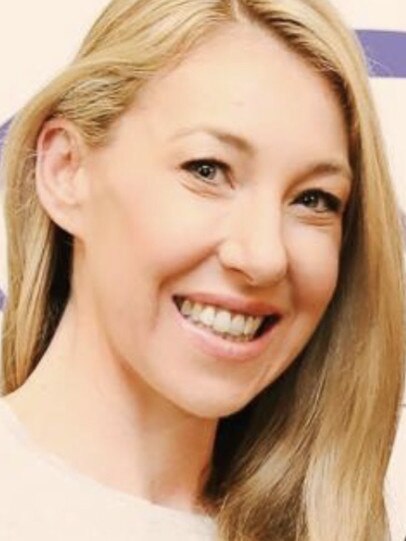
An advocate for young people, Dr Deegan, 40, is driven to understand what causes some to offend.
“I have always been interested in social justice issues and as a lawyer I did a stint in the youth court … (it made me realise) young people aren’t just mini adults they are genuinely different and their brains are different to the adult brain and need to be treated differently,” she says.
“Perhaps one of the major misconceptions about kids who kill is that he or she was born an evil seed, or a bad seed; in other words, the person was born a murderer.
“There is no evil seed. I don’t believe these kids are born bad and are destined to kill.
“A lot of these kids are severely abused and many kill out of desperation because they see no other way out and are terrified.”
She says criminological research is fascinating and worthwhile, it can be stressful.
“In this field, you have to learn to detach … you have to let it go, I can help explain the themes of a case, or cases, but I try not to be invested in the outcome because that’s beyond me – I have no control,” she says.
Professional koala cuddler; Tegan Atkins:
As a wildlife keeper at Cleland Wildlife Park, Tegan lists “professional koala cuddler” among her work skills.
“Our koalas go through a lot of training and conditioning from the time they are about a year and a half,” the 29-year-old with a Bachelor of Science qualification (major in animal behaviour) says.
“But even before then, we start to pick them up and put them back down again just to get them used to being picked up … this helps shape their personality and will impact on how affectionate they might be as they grow.
“It is about helping them to be confident in themselves to come out and do the passing with the members of the public – the koala holds – and the perch sessions as well, where people can come and see the koala a bit closer and normally (not during Covid) pat them.
“The koalas each have different personalities, some really seek out affection and want to be picked up and cuddled … some are naturally more confident and laid-back while some take a bit longer to build up trust and confidence.
“Koalas are very sensitive to noise and their surroundings and not all koalas will be suitable to interact with the public … we want to build bond and trust and that means getting to know each koala as an individual.”
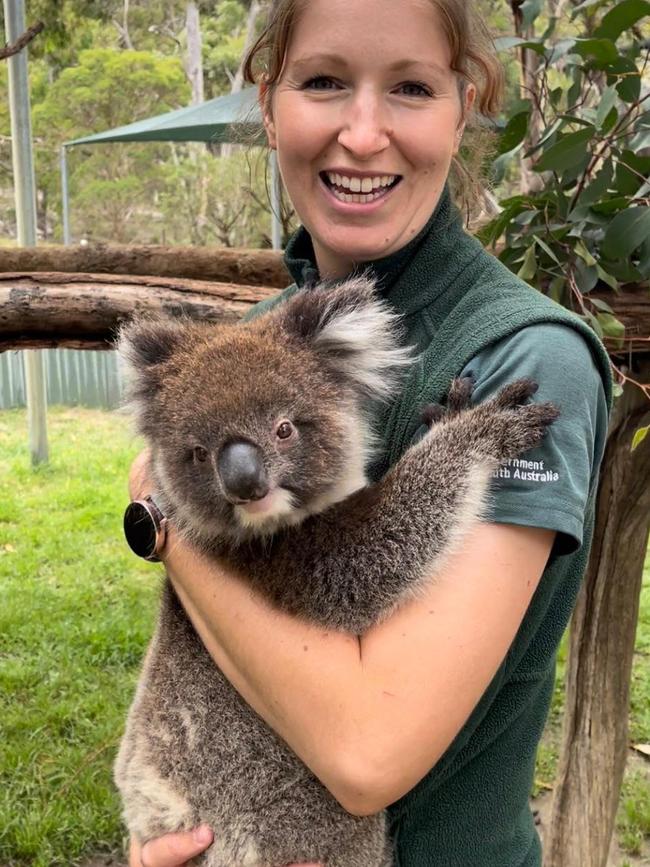
Tegan, who started part-time at Cleland checking individual gum leaves to be exported to Hong Kong were free of disease and insects, says the downside of forming attachments to the animals is the emotion of losing one.
“Dealing with the heartache of losing one of our animals when you have to go out and put on a happy face for the public can be hard,” she says.
Her work has also brought her up close and personal with global superstars, such as Katy Perry, as they’ve sought a koala cuddle.
Taxidermist, Jo Bain:
For fourth-generation taxidermist and wildlife-lover Jo Bain, his job really is a labour of love.
“Every time you work on something, you learn so much about them … they become an icon for their species in many ways,” Jo, one of just a handful of working museum taxidermists remaining, says.
“They are ambassadors for ever, they are a frozen moment in time that shows people how wonderful these things are and I think that is really important.”
Now 57, he began his career at the South Australian Museum as a 15-year-old, at the time not realising he came from a long line of taxidermists; his uncle, grandfather and great-grandfather.
“My grandparents had a big house on Fullarton Rd which had an atrium at the back which was all glass with a huge two-storey high tree covered in mounted birds … back then, that was considered normal,” he said.
For a young Jo taxidermy was a way to preserve something he considered to be beautiful and precious.
“The reason I got into this was to show people how wonderful our wildlife is, to help people appreciate it … so much dies needlessly,” he says, adding he has never killed anything he has worked on.
“My policy has always been to use road kill or animals brought in from wildlife parks or zoos … sometimes people will find interesting things on the side of the road and bring them in.”
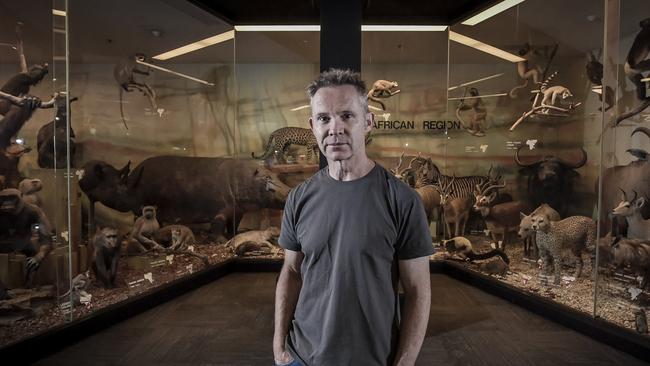
Jo says while most people think he is having a lend of them when he tells them what he does, he is incredibly proud of a profession that is “as relevant as ever”.
“Some people think it is 19th century stuff that you don’t really need to do anymore … but he power of museums is they allow you to access worlds that would otherwise not be accessible for you,” he says.
The man who admits to preferring the company of animals to humans, says he is touched by every animal he works on.
“When people want to talk about dying they talk to me because they think I have some sort of analytical position but it is still quite emotional for me … I still get upset when I see things come in dead,” he says.
Mr FruChoc mascot, Morris Mannella:
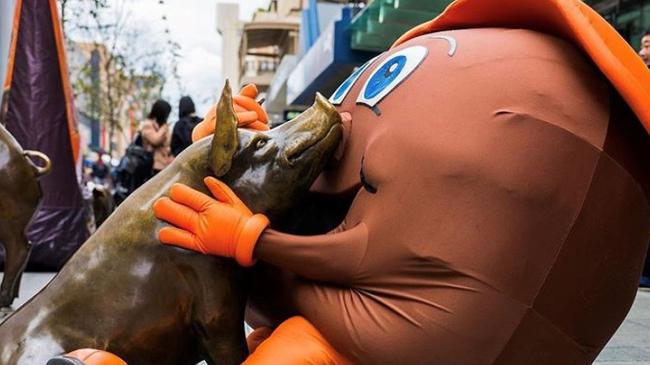
His day job is working at the Adelaide Airport for Virgin Australia as an airside supervisor but for almost a decade and a half he has periodically donned the body of a giant ball of chocolate as the iconic Mr FruChoc, the mascot of 150-year-old Menz Confectionery.
“Mr FruChoc has been my alter-ego for over a decade now,” Morris, 53 laughs.
“Actually, my wife roped me into it as she works for Menz and (they) needed someone to fill in at short notice … that was 13 years ago and I haven’t stopped since.”
And what do people say when they learn he is the face inside the oversized walking chocolate?
“The first question I always get asked is if I get free FruChocs and if I do, can they have some? The second question usually is, ‘Does it get hot in the suit’, or ‘Is it heavy’ … after that people generally just want to know how they can get a shot at it,” he says.
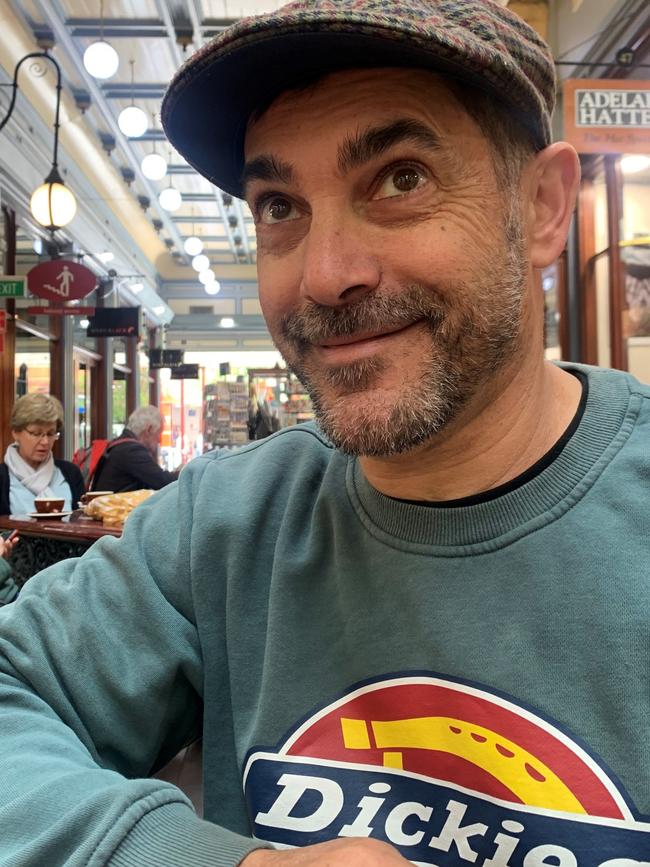
Morris says most would be surprised by the physical effort needed to take to pull off the role.
“People probably don’t understand how much energy it takes and how much you sweat – it’s the best workout,” he says.
“(But) visibility is also limited so you have to have very good spatial awareness.”
Morris says he never tires of making people smile or helping bring a smile to someone’s face.
“Mascots get people a bit out of their comfort zone, and make them feel silly but in a good way,” he says.
“I love it if I can get someone dancing or wanting to take a picture with Mr FruChoc … life is about having fun.”
While MrFruChoc isn’t looking to retire anytime soon, if you’ve a sweet tooth being an in-house taste-tester might be your perfect job, according to marketing manager Polly Love.
“The New Product Development team have the pleasure of not only coming up with delicious new ideas for chocolatey treats, they also get to taste test them along the way,” she says.
Shark psychologist, Brianna Le Busque:
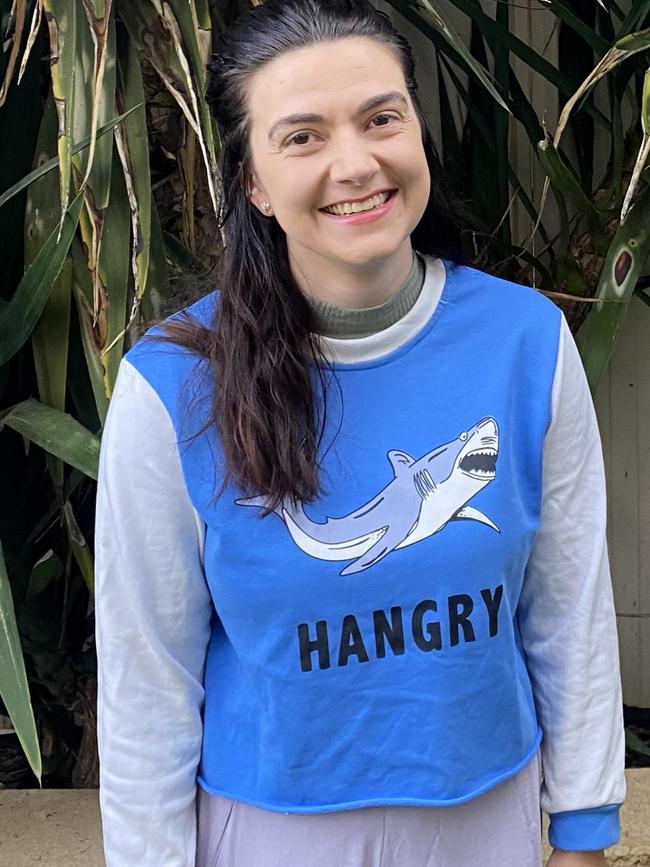
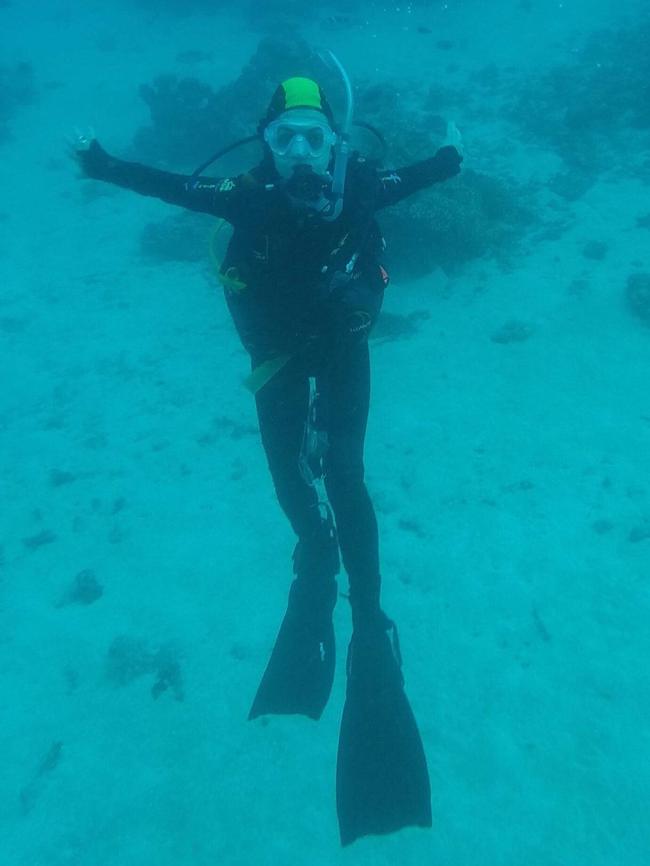
OK, she doesn’t actually offer underwater couch sessions to great white sharks, but rather her research focuses on the psychology of sharks.
“(I’m asked) many times, ‘Why do sharks need a psychologist?’, or ‘How do you keep the sharks still long enough to ask them questions?’ … or people just start humming the ‘Dun dun, dun dun’ from Jaws,” she laughs.
After first studying psychology, Dr Le Busque undertook a PhD in conservation psychology research at UniSA.
“I am a psychology shark conservation researcher, after I have explained it, most people think it is a pretty cool and interesting job and get jealous when I tell them that I get paid to watch shark films,” she says.
Dr LeBusque says the science of psychology provides crucial keys to conservation.
“As psychology is in part the study of peoples’ behaviours, attitudes and knowledge, it makes a lot of sense that psychology research is required when understanding various conservation issues,” she says.
“One of the major conservation challenges is peoples’ fear and/or hate of sharks, which is why my psychology research is so important (including) understanding how sharks are portrayed in the media impacts how people perceive them.”
Adelaide aged-care’s first musician in residence, Kelly Menhennett:
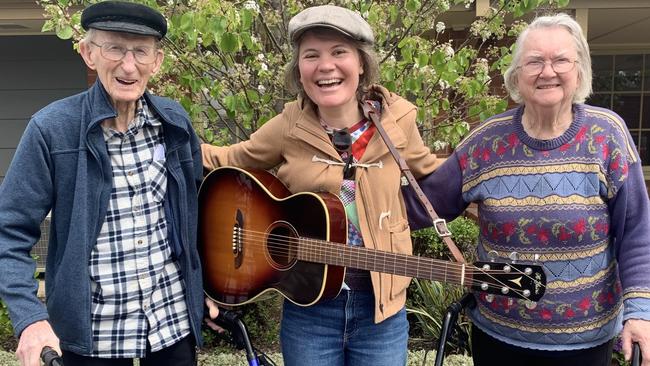
By night she wows crowds as an award-winning singer and songwriter, by day she spreads joy to residents living in South Australian aged-care facilities.
“I take requests and play the residents’ favourite songs, then we talk about why they like the songs and the memories they bring back,” she says.
“Their smiles at the end of a performance are priceless. I think that gives me as much joy as my music does for them.”
It’s believed Menhennett’s appointment late last year by not-for-profit provider Life Care is the first of its kind in SA.
Her role, to boost residents’ wellbeing at five not-for-profit aged care facilities in Aldinga, Reynella, Joslin, Everard Park and Glen Osmond.
“My nanna had dementia and I’d often play for her, that led to a few performances in aged care homes across Adelaide, where I saw the joy music could bring – it made me want to do more,” she says.
Through a friend she was connected with Life Care’s CEO Allen Candy.
“It wasn’t long before I started performing at Life Care’s homes three days per week as their musician in residence,” she says.
“I played a gig earlier this month and I spoke on stage about performing at Life Care earlier that day and everyone just started applauding.
“Many people have loved ones in aged care, so they can appreciate how much the residents enjoy hearing my music and the opportunity to play or sing along.”
As well as performing, she also runs lessons and tutoring with residents who played instruments earlier in their lives or continue to play.
‘Whale man’, David Stemmer:
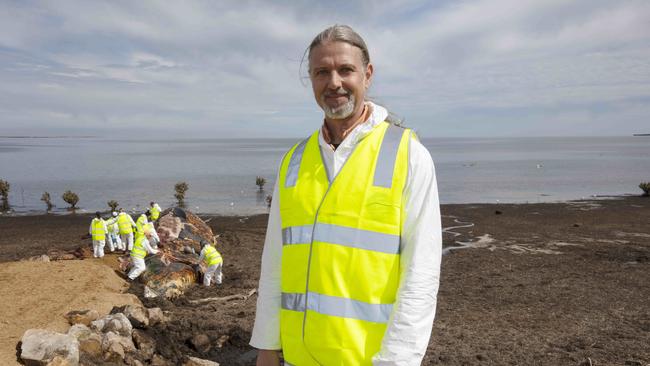
Who are you going to call when a whale washes up on a suburban beach? South Australian Museum’s mammals collection manager, David Stemmer.
By his own admission, being “knee deep in blood and guts when collecting a large whale”, isn’t everyone’s idea of a dream job but to him it is just that.
“It is a very diverse job where every day can hold an interesting surprise … probably the most unusual part of my job, retrieving and preparing large whales for the museum collection,” he says.
“Most people wouldn’t realise the work involved in collecting and preparing a large whale skeleton … the retrieval of the body is a massive team effort that takes from a few days to over a week, depending on location, access and available equipment.”
And that is just the start.
“The entire facility and all the equipment needs cleaning – you’d be surprised at the mess – knives sharpening, broken things replaced,” he says.
“This often takes another two or three days.
“The maceration, while not requiring much work, can take between 12 to 24 months … the cleaning of the bones takes several days and so does the processing and integrating into the collection.
“Large whales (10m or bigger) are extremely time consuming and often take two to three years before they are clean and fully processed into the collection.”
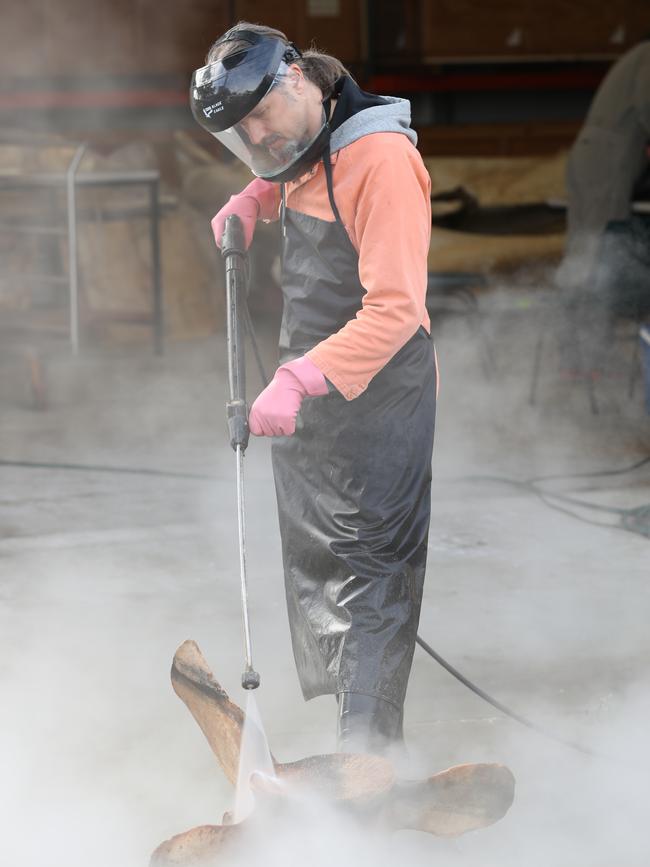
Mr Stemmer, who studied biology in Germany before specialising in marine biology at James Cook University in Townsville, arrived in Adelaide in 2001, initially volunteering at the museum.
And what is the question he gets asked most?
“It is, ‘How can you stand the smell?’” he laughs, adding to him “nothing is more rewarding than turning a stinking blob on the beach into a beautiful skeleton”.
Circus physiotherapist, Michael Henry:

Physiotherapist Michael Henry has settled in Adelaide as an academic and researcher after six years travelling the globe as the physiotherapist for Cirque du Soleil.
Prior to signing up to the circus he had worked in several countries and also done a stint as physio for the Bangladesh Cricket Team.
“Being a physio with Cirque du Soleil was a great job, and one that seemed like a natural fit for me in a lot of ways,” he says.
“On a more personal level, one of the sports I did – and also coached – growing up was gymnastics, so I already had an interest and appreciation for many of the acrobatic disciplines.
“There were, of course, many disciplines and acts that were totally new for me as well.”
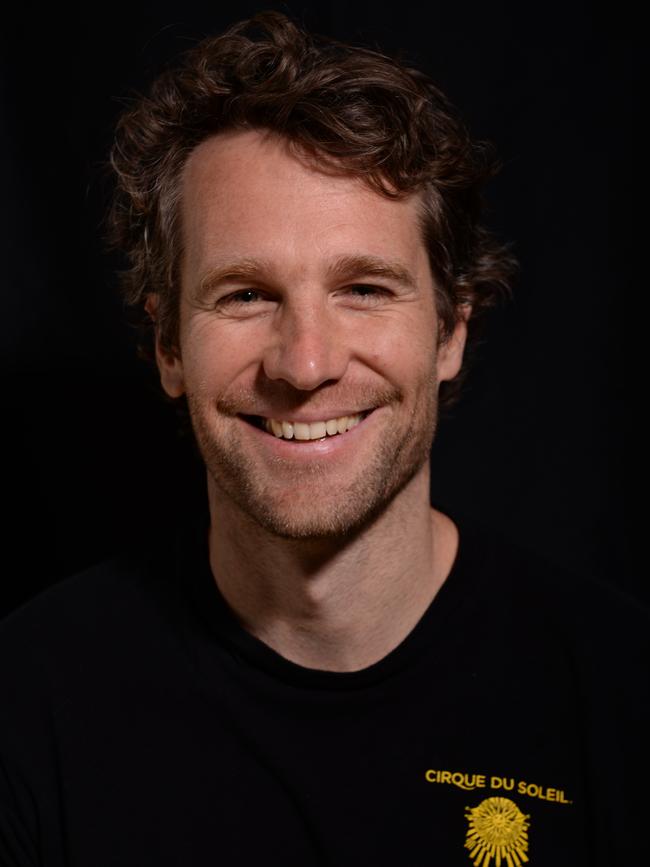
Michael says people are mostly fascinated by the time he spent in different parts of the world travelling.
“When you add in the cliche of running away with the circus people often want to know more,” he says.
“Some people seem to have a more pragmatic mind, and are curious as to how we travel and where we stay and how we do washing and what we do for food.”
For him, it was the ability to do the work he loved, albeit in an usual setting.
“As a physio, I’m fascinated by movement and the capabilities of the human body, and there’s arguably no better workplace to see the range of what humans can do – we’re remarkable creatures,” he says.
“Being able to assist, even in a small way, the artists to return to performing amazing feats was a privilege.”
For the past two years, Michael has been based in Adelaide where is undertaking a PhD at UniSA, focused on concussion and particularly those with persisting symptoms following an injury.





